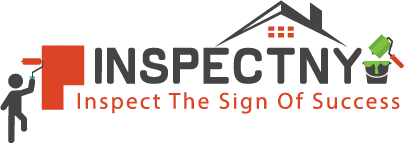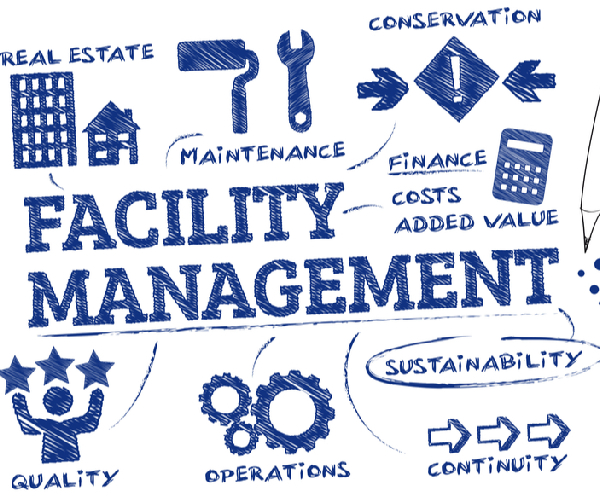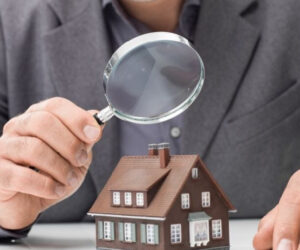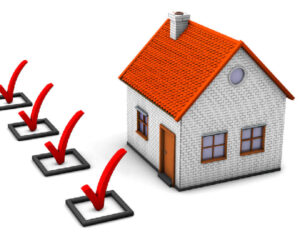On the other hand, the importance of facility management is even greater. Facility management is a difficult profession to define due to its broad spectrum. Facility management responsibilities go beyond facility management, as sales managers are also responsible for the performance of sellers. As a result, it is difficult for companies to maximize the benefits of a good facility manager.
To understand what a facility manager does to maintain energy and sustainability in facilities management and how he is responsible for the impact the has on the organization, it is best to break down their workload. This requires a closer look at the four most important pillars of facility management: people, procedures, structure, technology and effects.
The primary goal of the Facility Managers is to create an inviting working environment for all employees. This contributes to a number of general objectives, such as attracting and retaining top talent, increasing production and productivity and promoting a positive workplace culture.
To support all the people
Facility managers serve as a link between the office and the employees who work there. They support staff in a wide range of areas, including planning and writing plans, monitoring staff directories, facilitating the transfer of space use and managing emergency preparedness. They are also responsible for solving accommodation, security and comfort issues.
The responsibility of facility management lies in not advancing the process. Facility managers are responsible for providing the C-Suite with essential preparations and data to agree on a long-term strategy to optimize the workspace. Their regular interactions with subordinates reveal hidden costs and competitive advantages at the employee level.
Process to be established
Processes aid organizations in the workplace. Work processes such as the submission of work orders, the request and reservation of rooms, building inspections for visitors and tourists, emergency planning, etc… To create a set of rules that create organization and have a positive impact on the people who use the workplace, i.e.
The design of the system increases the complexity of facility management. Different departments, employees, assets, furniture and premises are involved, and new processes are applied to different aspects of the business.
Facility administrators are tasked with identifying governance deficiencies and adapting processes to address them. When a new problem emerges, the facility manager is tasked with bringing order to the chaos and creating repeatable procedures to handle it in the future.
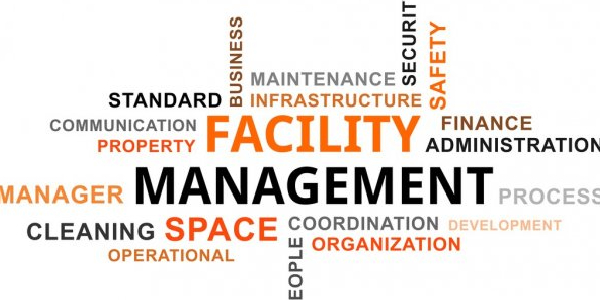
To look after Service and Maintenance
The most common answer is the question of what facility management means. As the name suggests, facility management is all about maintaining and repairing physical structures. This includes maintaining structures, creating partnerships, long-term planning and asset management. There is no comprehensive set of guidelines for facility managers. Finding and executing vendor contracts are just a few examples of the wide range of responsibilities.
In the case of the physical construction of a building, the Facility Manager is responsible. Facilities are a huge labour and workplace expense, so facility managers make the workplace a competitive advantage and cost center.
The aim is to ensure that the program responds to the needs of the people who use it. It is also important for facility managers to recognise the use of technology.
Use of technology
The IT department is responsible for the integration of physical technology. The facility manager, on the other hand, has the final say on how he chooses, uses and uses. It is the responsibility of the facility manager to define and integrate the corresponding technology. Workplace management systems collect and use data to make crucial decisions about how to run a business and design the workplace.
It is important to note that not all office equipment collects data. In the modern world, for example, research and IoT devices should be looked at on the basis of data collection criteria.
Connected devices, software and data components are a real technological advantage, as are most of its applications. Access control systems help with security, and automation technologies streamline processes. To achieve the best return on investment, facility managers need to understand how they use these features.
Managing facilities all in one place
Facility managers are responsible for maintaining and improving the infrastructure. They build systems and organize the organization. They create complex integrations and make the data work for them. They help keep the work going.
When you combine all four positions, you get an idea of what a facility manager is all about, both literally and figuratively.
In general, their mission is to improve the workplace to take advantage of all aspects of the company. At a deeper level, it is about laying a solid foundation for entrepreneurial success.
